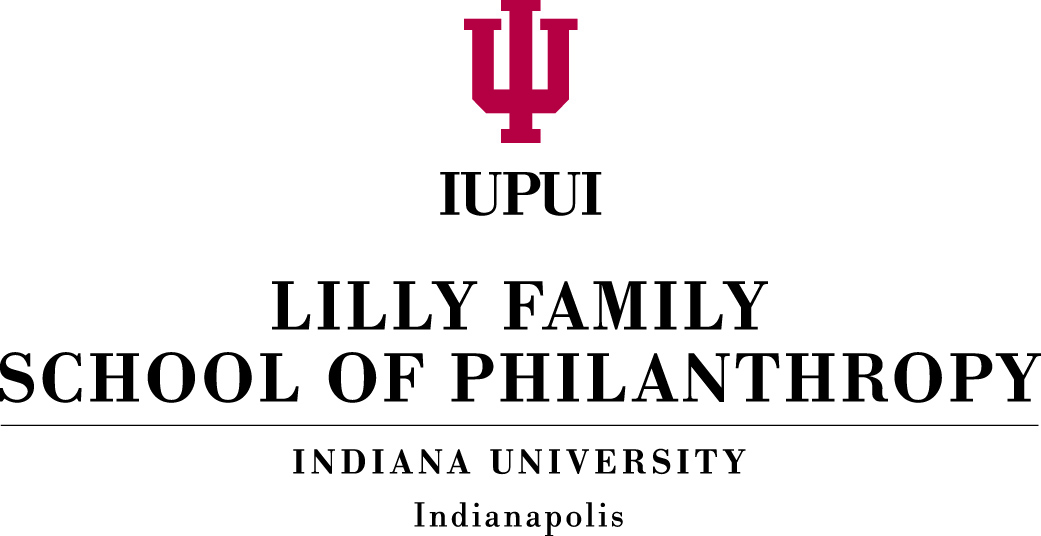A strong stock market and rising income and personal net worth will drive giving up almost 5 percent in each of the next two years, according to a new study.
“The Philanthropy Outlook: 2015 and 2016” was released today by the Indiana University Lilly Family School of Philanthropy, in conjunction with consulting firm Marts and Lundy. It makes predictions on giving from individuals, foundations, estates and corporations based on a number of variables, including the growth rates of net income, corporate profits, gross domestic product (GDP) and the S&P 500. Projections indicate a rise in giving of 4.8 percent this year and 4.9 percent next year.
Distribution of giving sources is not expected to change much between 2015 and 2016. Individuals still will provide the most dollars, and will change the most, from 70.2 percent to 69.6 percent. Foundations will give about 15 percent of the overall giving pie, estates about 9 percent, and corporations just less than 5.5 percent, all plus or minus a few tenths of a percentage point. Giving USA estimated that Americans gave almost $336 billion in charitable contributions in 2013.
Individual giving will be up by 4.4 percent in 2015 and 4.1 percent in 2016. Personal income and growth in both household and nonprofit net worth “will account for the majority of the predicted growth in giving by individuals and households in these years,” wrote the study’s authors. Researchers believe that giving by households that don’t itemize their income taxes will be lower than usual: less than 10 percent in both years, compared to between 15 percent and 20 percent per year for the last 20 years.
Foundation giving will see the biggest projected increases, up 7.2 percent in 2015 and 6.7 percent in 2016. A strong S&P 500 and a growing GDP will be the strongest influences on foundation giving. “Giving by foundations tends to be counter-cyclical with the economy. That is, as other types of donors scale back giving in difficult economic periods, foundations give more,” wrote the authors.
Estates will see somewhat slower growth in 2015, at 2.7 percent, but then will shoot up by 6.3 percent in 2016. Growth in the stock market and household and nonprofit net worth will determine levels of estate giving, along with a projected decline in the interest rates of government securities.
Large increases in estate giving in one year “naturally deflate growth rates in the following year,” wrote the authors. The researchers believe that when real 2014 giving numbers are available, estate giving will show a strong increase over 2013.
Corporate giving will have a strong rate of growth — 6 percent — in 2015 and will slow slightly in 2016, growing at 4.8 percent. Growth in GDP will influence the corporate giving rate as will a projected increase in corporate savings. Employment rates will slightly offset the corporate giving rate. “As the number of employees rise, companies will have to pay out overall higher amounts to their growing payrolls. As a result, companies may scale back on their philanthropy,” wrote the report’s authors.
While corporate savings — profits after taxes and dividend payments — will positively affect giving, corporate profits — income less expenses — will have a negative effect. Researchers believe that as profits increase, the need to use philanthropy to cultivate consumer goodwill will decline, and increased demand for products and services will drive up expenses.
“The results of ‘The Philanthropy Outlook’ suggest that the nonprofit sector appears to be continuing on the road to recovery,” wrote the authors. “Many organizations are now hiring and funding staff development, as well as investing more in their fundraising and development programs compared with recent past years. While this might not be true for your organization, ‘The Philanthropy Outlook’ provides hope about the potential, possible reality for the philanthropic sector into the near future.”
The report is the first attempt by the Lilly Family School of Philanthropy to project giving into the future rather review giving as in the annual Giving USA report. “The Philanthropy Outlook,” which will be updated annually, provides data for predicted year-to-year growth rates for 2015 and 2016, and includes context and explanations of the economic factors and conditions that influence predicted changes of giving.
“Despite the scope and impact of the nonprofit sector, it lacks the type of myriad, reliable resources that business and government have long used to understand the outlook for their sectors,” said John Cash, Ph.D., chair of the board of directors and senior consultant and principal at Marts & Lundy. “Given that many nonprofits are hugely dependent on private contributions, the need for accurate projections for charitable giving is especially great. ‘The Philanthropy Outlook’ is based on a carefully constructed econometric model grounded in serious academic research,” he said.
“In today’s dynamic environment, nonprofit professionals and fundraisers need reliable information about current and future giving trends to develop effective fundraising strategies,” said Amir Pasic, Ph.D., dean of the Lilly Family School of Philanthropy. “While individual results will vary from organization to organization, fundraising can find encouragement in these projections.”
